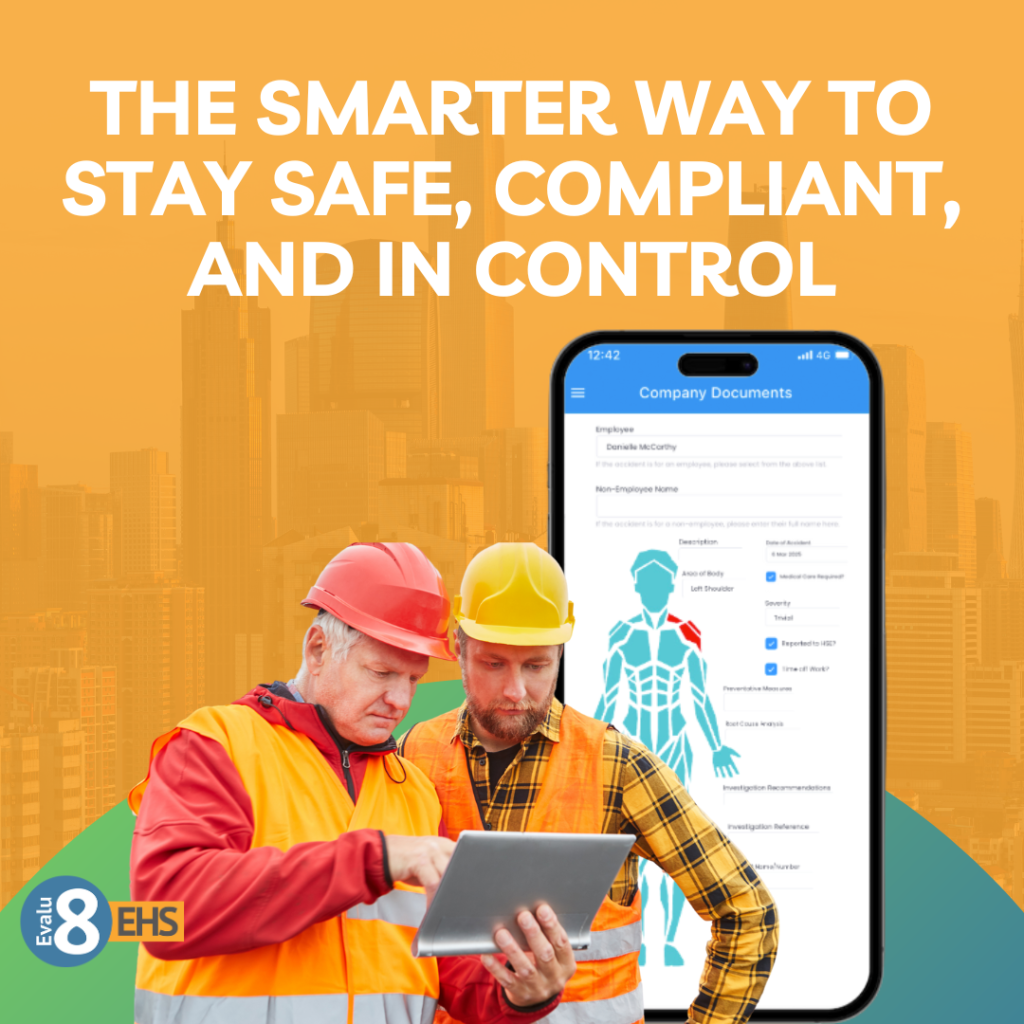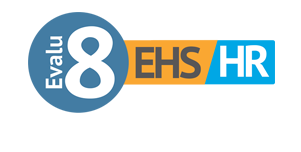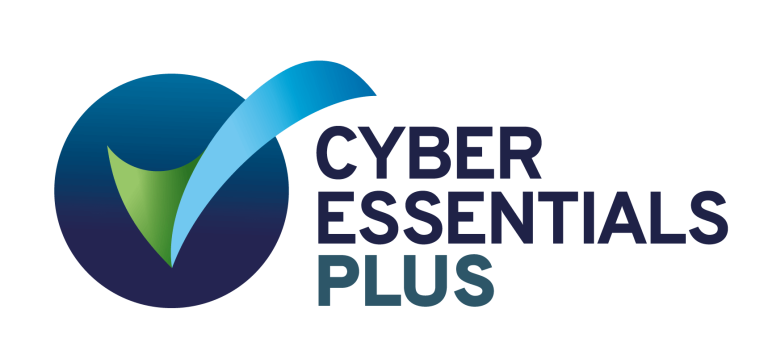You’ve probably completed a risk assessment or two in your time, but how do you know if it’s actually good? If it’s overly generic, packed with jargon, or lacks specific control measures, it might tick the box but still leave gaps in safety.
So, let’s break down what a good risk assessment looks like, using clear examples from manufacturing to show how it’s done properly. Whether you’re reviewing your current processes or starting from scratch, this guide will give you the confidence to do it right.
Helpful Summary
Overview: This article explains the structure of a good risk assessment using real manufacturing examples. It highlights what to include, what to avoid, and how to improve.
Why Trust Us: Evalu-8 EHS supports UK manufacturers with purpose-built safety software that simplifies risk assessments and ensures regulatory compliance.
Why It Matters: A well-written risk assessment reduces workplace injuries, improves productivity, and helps manufacturers meet legal obligations without stress.
Action Points: Follow the examples in this guide, and consider using Evalu-8 EHS to digitise and standardise your assessments across your organisation.
What does a good risk assessment actually look like?
Let’s start by demystifying the format. A good risk assessment is specific, practical, and easy to understand. It clearly identifies hazards, assesses risk levels, and outlines steps to reduce or eliminate those risks. It isn’t just a document, it’s a decision-making tool.
Key sections every good assessment includes
A clear description of the task or process
Identified hazards linked to the specific activity
People who may be affected (including visitors and contractors)
A realistic assessment of risk levels (likelihood × severity)
Control measures already in place, and what’s still needed
A review date and person responsible for the assessment
If that sounds straightforward, it’s because it should be. The challenge comes in doing it thoroughly, every time.
Example 1: Safe use of a CNC machine
The task: Operating a CNC lathe in a production environment.
Hazards identified:
Entanglement in rotating parts
Sharp edges on raw materials
Noise-induced hearing loss
Manual handling of heavy components
Control measures:
Machine guards installed and inspected weekly
Mandatory PPE: gloves, goggles, and hearing protection
Operator training logged in Evalu-8 EHS training module
Lifting aids provided and regularly maintained
Outcome: Risk level reduced from high to low, with responsibility assigned to the shift supervisor. Reviewed every 3 months or after an incident.
This kind of task-specific assessment shows you’ve properly thought through the activity, and gives your team the clarity they need.
Common mistakes in risk assessments
Even experienced managers fall into familiar traps. If you want your assessments to be meaningful, not just compliant, here’s what to avoid:
Using generic templates with no context
Risk assessments need to be tailored. Copying a template that’s meant for “use of machinery” in general and applying it to a specific CNC lathe job won’t cut it. It might pass a surface-level check, but it won’t protect your staff.
Vague language or unmeasurable controls
Phrases like “take care” or “proceed with caution” don’t mean much. You need specific, actionable measures like “use lifting hoist model XYZ” or “complete noise exposure log weekly”.
Not updating assessments regularly
If your machinery, team, or work environment has changed, your assessment should too. With Evalu-8 EHS, review reminders are built-in, so nothing slips through the cracks.

Why Evalu-8 EHS makes risk assessments smarter
When you’re dealing with dozens of assessments across different sites and teams, manual systems quickly become messy. That’s where Evalu-8 EHS shines.
Digital templates built for manufacturing
Evalu-8 EHS gives you ready-made templates designed specifically for common manufacturing tasks, saving time and ensuring consistency. You can customise each one and reuse them across similar jobs.
Explore Evalu-8's risk assessment feature
Real-time collaboration and control tracking
Need multiple sign-offs? Want to monitor whether control measures are actually being followed? Evalu-8 lets you assign tasks, track completion, and ensure everyone stays in the loop.
Automatic review scheduling and audit readiness
Say goodbye to missed review dates. Evalu-8 EHS automatically prompts you when assessments are due for an update, making you always ready for internal checks or external audits.
Start writing better risk assessments today
Risk assessments don’t have to be daunting or dull. Done well, they’re one of the most valuable tools in your health and safety kit. With the right structure, clear language, and the support of digital tools like Evalu-8 EHS, you can take your assessments from a tick-box task to a proactive safety asset.
Whether you’re fine-tuning your existing assessments or starting from scratch, now you know what a good risk assessment looks like and how to create one that actually keeps your team safe.
Answers to your top risk assessment questions
Whenever something changes, new equipment, new processes, or after an incident. Otherwise, review them at least annually. Evalu-8 sends reminders so you don’t forget.
Ideally someone familiar with the task and trained in health and safety. With Evalu-8, assessments can be created collaboratively by teams and signed off by managers.
It depends on the likelihood of it happening and the severity of the outcome. Evalu-8 includes a built-in risk matrix to help you rate hazards consistently.
Only if the risks and controls are identical. Evalu-8 allows you to clone and tweak assessments to suit each location.
Digitally is best. Evalu-8 keeps them secure, searchable, and accessible, perfect for audits or team access on the shop floor.


